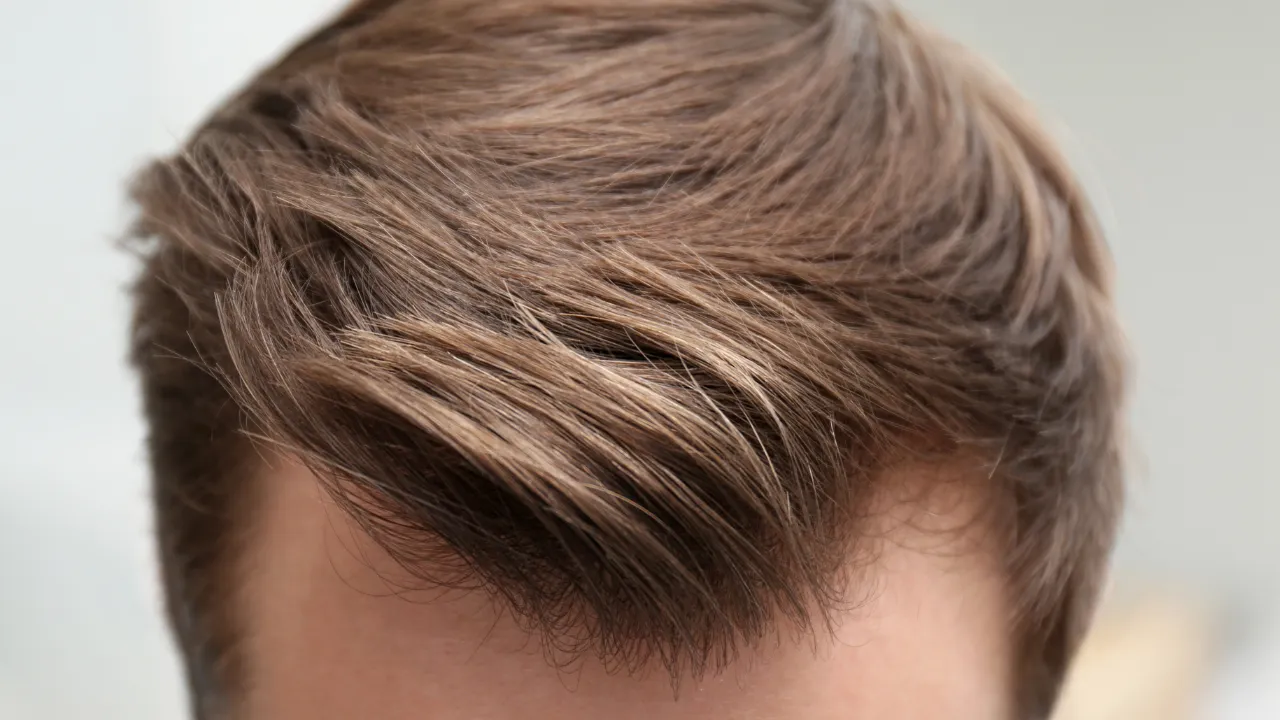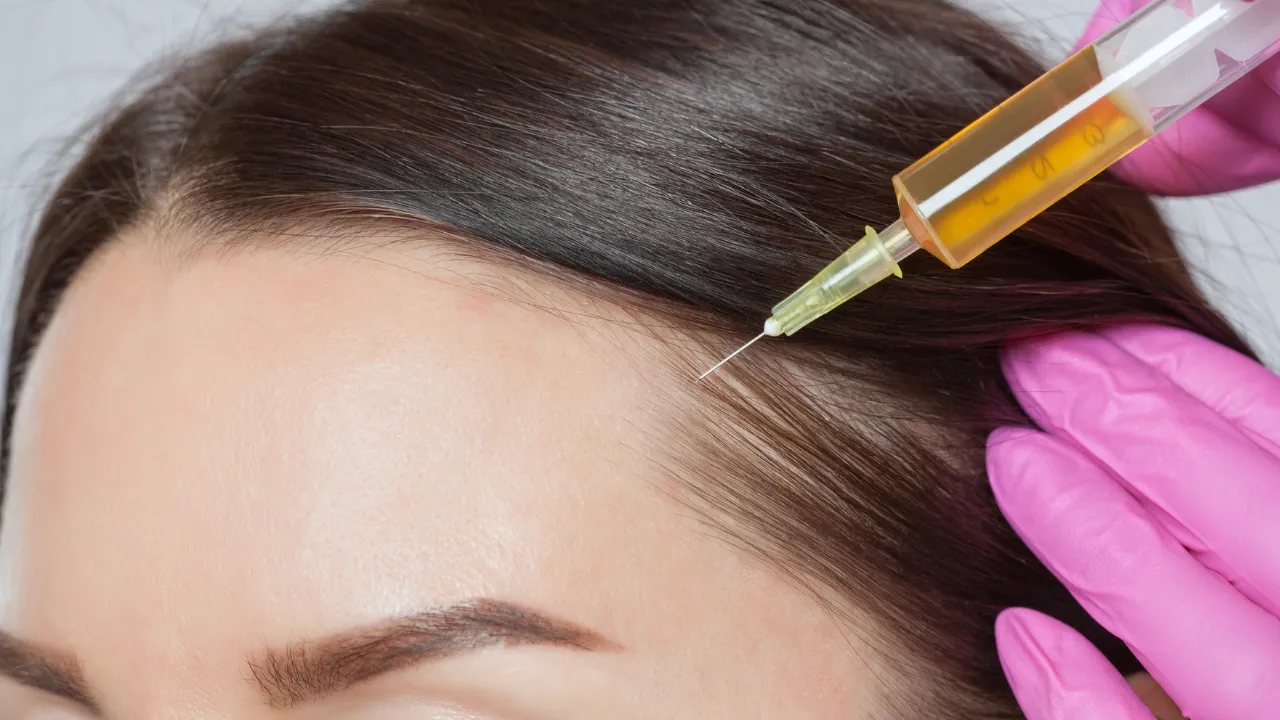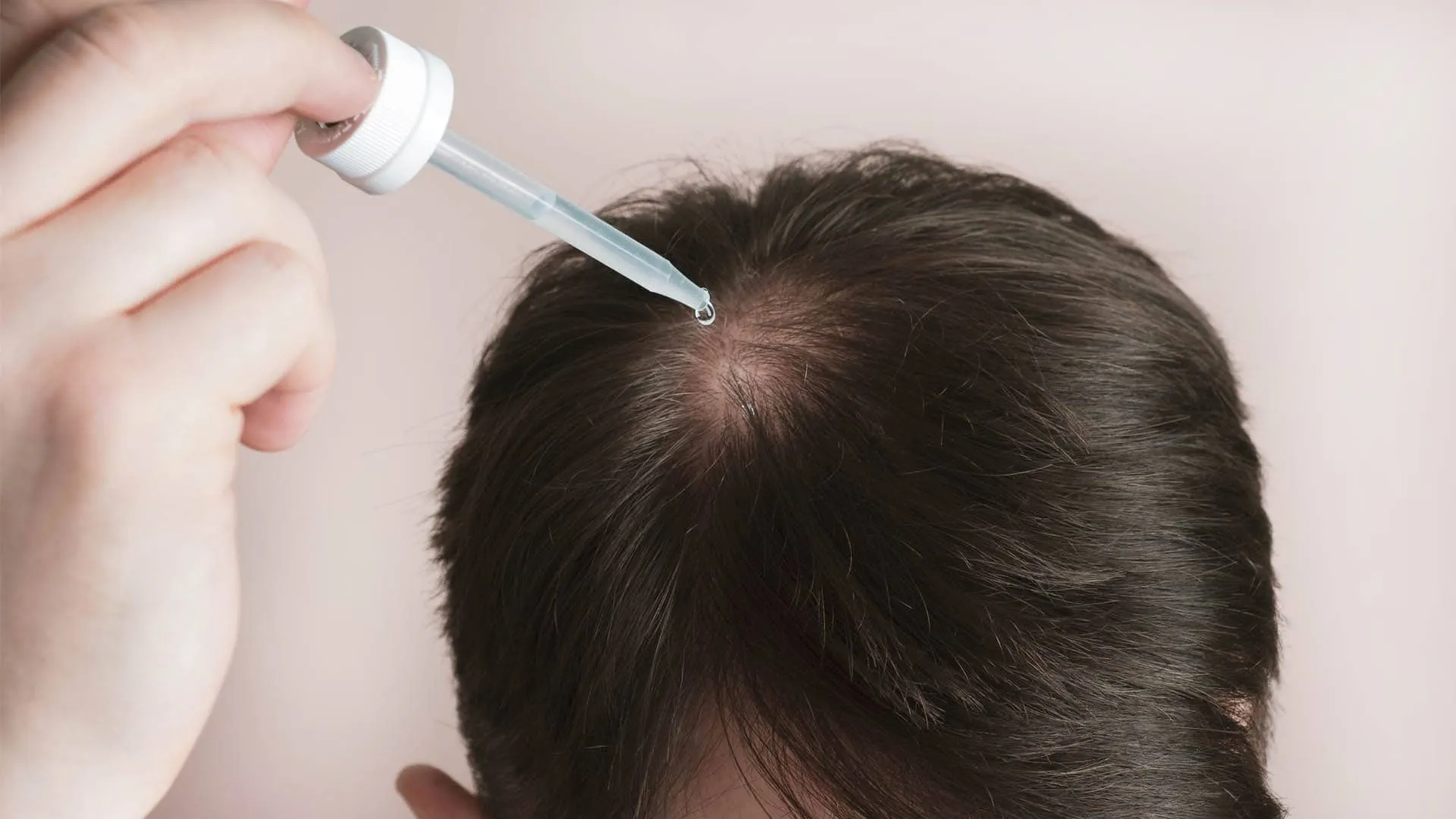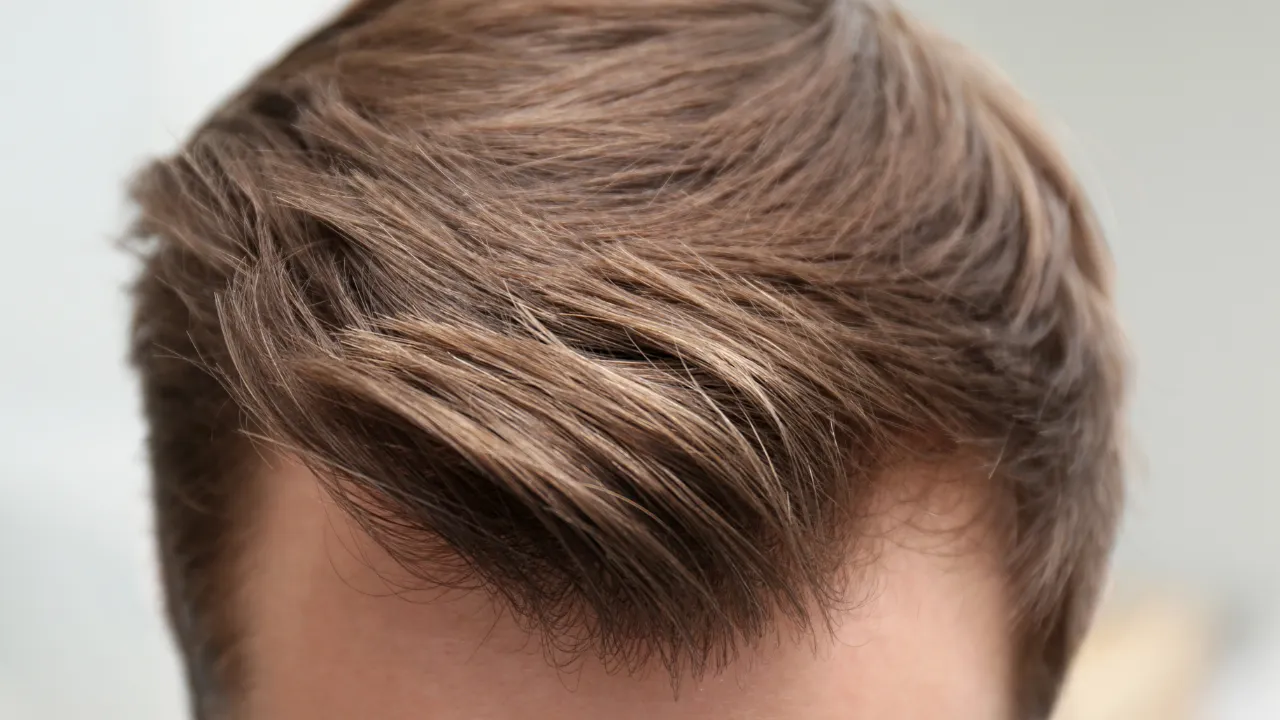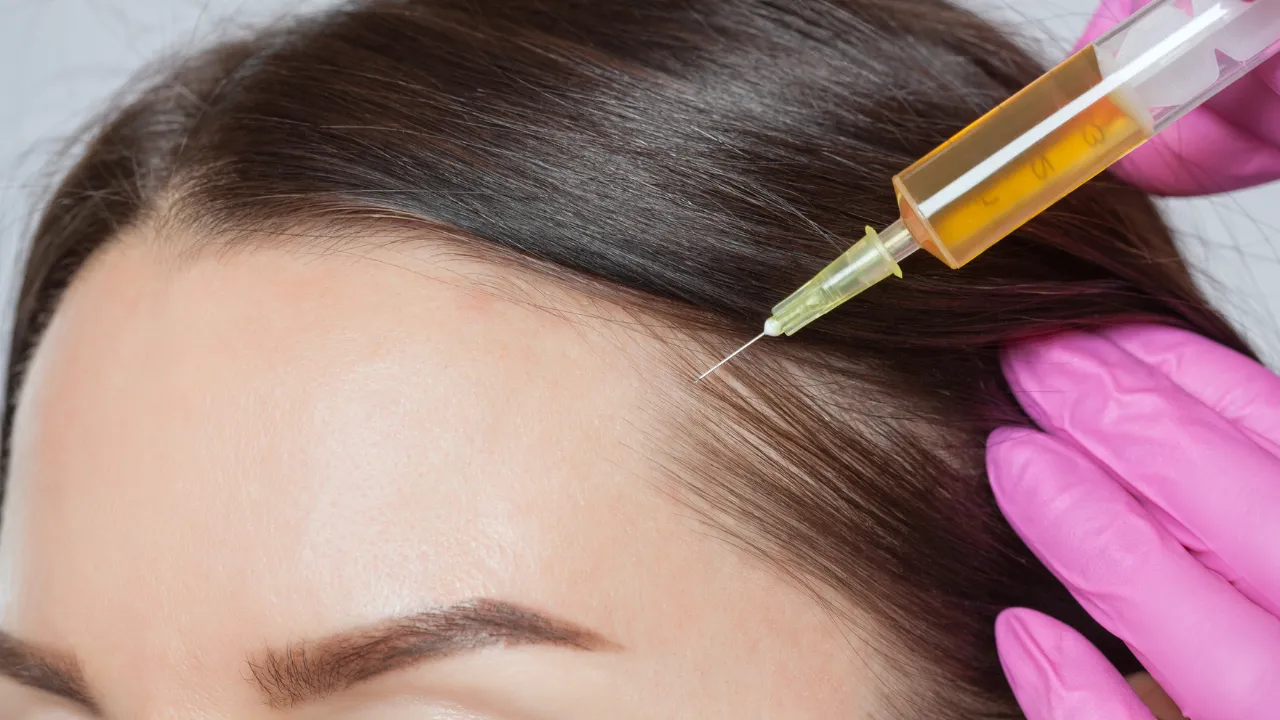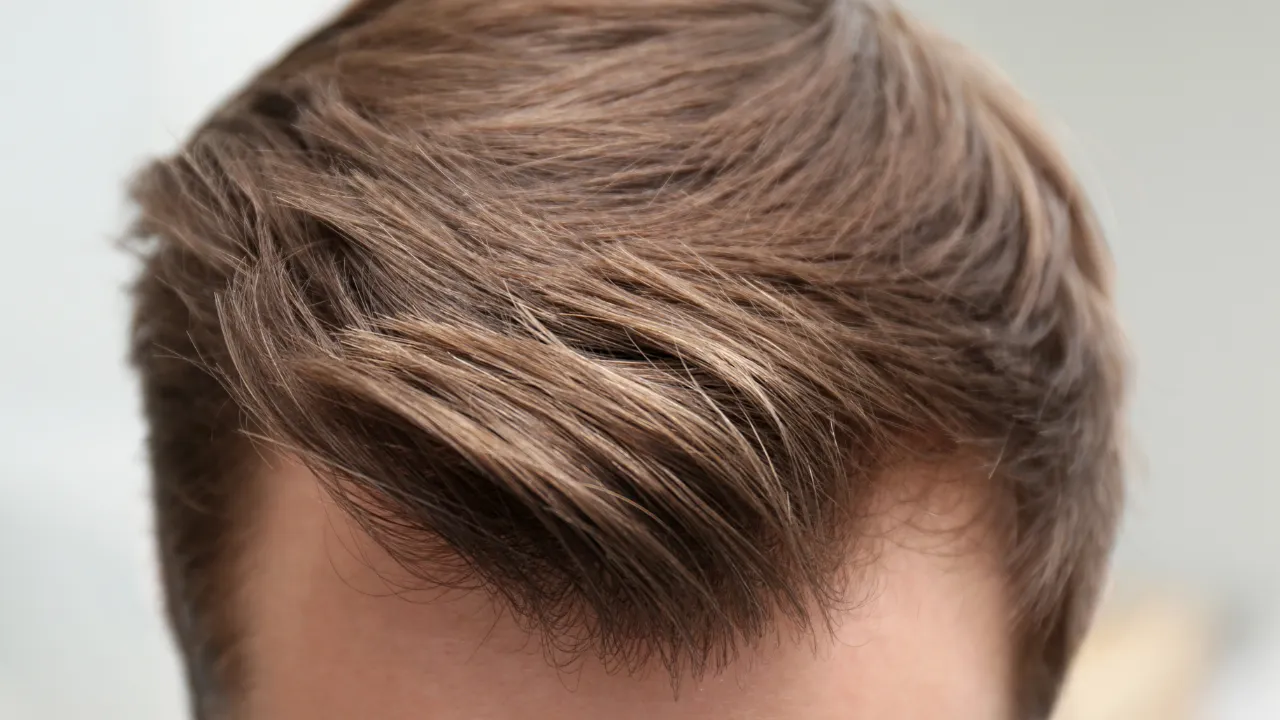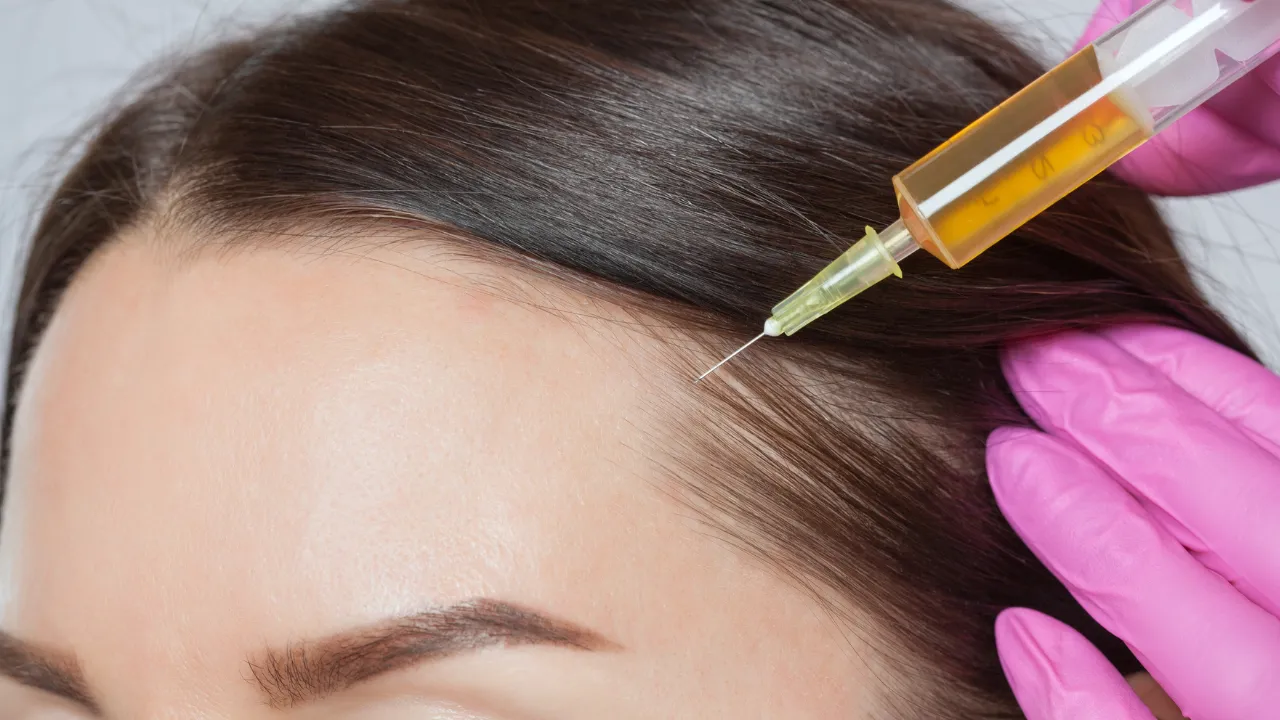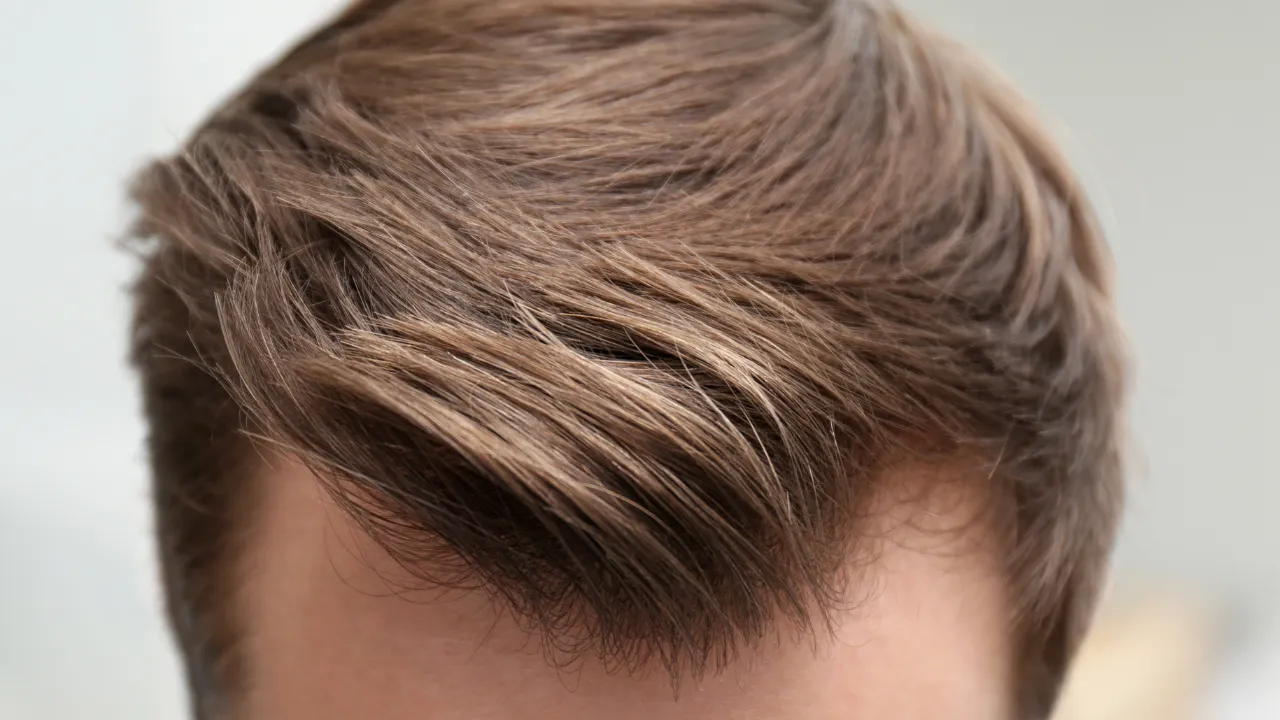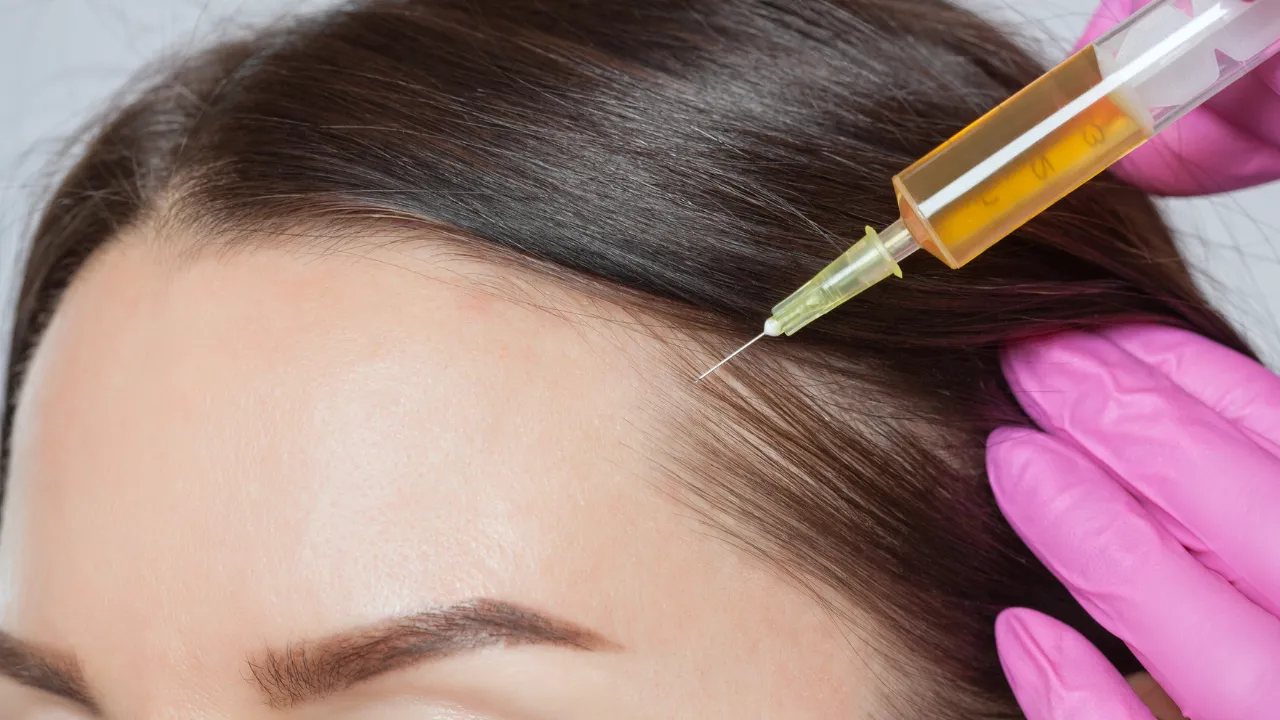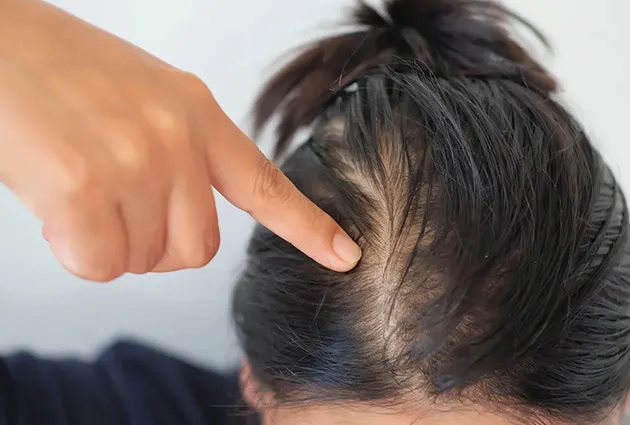Table of Contents
ToggleHair loss is one of the most common concerns among men, and many wonder if it is written in their DNA. At Kopelman Hair, our specialists often receive questions about male baldness genetics, including whether it is inherited and what treatment options exist.
The short answer is that baldness has a strong genetic component, influenced by both sides of the family, along with hormonal and lifestyle factors.
Understanding hereditary hair loss helps patients make informed choices. With over 40 years of expertise, Dr. Kopelman and his team provide patients with clear answers and tailored solutions, from genetic insights to advanced treatments.
Key Takeaways
- Male baldness genetics play a major role in hair loss, with both maternal and paternal genes influencing risk through sensitivity to hormones like DHT.
- Hereditary male pattern baldness does not follow a simple dominant or recessive pattern, making family history one of the strongest predictors of onset and severity.
- Diagnosis involves scalp evaluation, family history review, and ruling out other medical conditions, while genetic testing can provide additional insight into individual risk.
- Treatment options range from lifestyle adjustments and FDA-approved medications to surgical procedures, with early intervention offering the best results.
- Consulting an experienced specialist such as Dr. Kopelman ensures accurate diagnosis and access to advanced treatment options.
Is Hereditary Male Baldness Genetic?
Most cases of male pattern hair loss are hereditary. Known as androgenetic alopecia, this type of hair loss results from genetic predisposition and hormonal activity. Men with a family history of baldness are more likely to experience hair loss themselves.
Genes determine how hair follicles respond to hormones, especially dihydrotestosterone (DHT). Sensitive follicles shrink over time, producing thinner hair until growth stops. This explains why two men of the same age can show very different hair patterns.
Mother vs Father: Who Passes It On?
A common question is: Is baldness hereditary from the mother or father? Both maternal and paternal genes can influence risk. The androgen receptor gene, often linked to baldness, sits on the X chromosome, inherited from the mother.
However, other genes on the X chromosome and from the father’s side also play a role, so baldness can come from either side of the family.
Dominant or Recessive Traits
When people ask whether male pattern baldness genetics are dominant or recessive, the answer is complex. Baldness is polygenic, meaning multiple genes are involved. Some may act dominantly while others are recessive, which explains why baldness patterns differ across families.
What Is the Genetic Reason Men Go Bald?
The main genetic reason lies in how inherited genes affect hormone sensitivity. A specific baldness gene can make follicles more vulnerable to DHT, leading to hair loss over time. A well-documented study showed that men with certain variations of this gene are significantly more likely to develop male pattern baldness.
When Baldness Usually Begins
The genetics of baldness also influence timing. For many men, thinning starts in their twenties or thirties, while others maintain a full head of hair longer. Family history is often the strongest predictor.
For example, if a father and grandfather both experienced a receding hairline in their thirties, their son has a higher chance of noticing similar changes. A man with no close relatives affected may see little or no thinning even later in life.
Male Pattern Baldness and Genetics
Genetics is not the only factor, but it is the most significant. Understanding the biological mechanisms behind hair loss can help men anticipate changes and seek treatment early.
Key Genes Linked to Baldness
Several genes have been tied to hereditary male pattern baldness. The androgen receptor gene is the most studied, but researchers have found dozens of variations that increase risk. These genes together determine follicle sensitivity to hormones and the progression of hair loss.
Hormones, Testosterone, and DHT
Hormones are central to male pattern baldness genetics. Testosterone is converted into DHT by the enzyme 5-alpha reductase. In genetically predisposed men, DHT shrinks follicles gradually, causing thinning. Treatments often target this process to slow progression.
Common Myths About Inheritance
Many myths surround hair loss. One is that baldness only comes from the mother’s side. Another is that it always skips a generation. While family patterns exist, whether baldness is inherited cannot be answered with a simple rule – many genes are involved.
Diagnosing Hereditary Male Pattern Baldness
Doctors confirm hereditary baldness by evaluating several factors. A scalp exam can reveal typical thinning patterns, such as a crown bald spot or receding hairline. Family history often provides additional evidence, since men with relatives who lost hair early are at higher risk.
Specialists may also rule out other causes, such as thyroid disease, iron deficiency, or medical conditions like autoimmune disorders. For example, alopecia areata is another form of hair loss, but it is not inherited in the same way as male pattern baldness. Ruling out these alternatives ensures proper diagnosis and treatment.
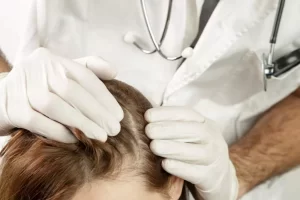
Male Pattern Baldness Genetic Test
Genetic testing can offer insight into hair loss risk. While not required for diagnosis, it helps men understand their likelihood and plan ahead.
What Genetic Testing Reveals
A male pattern baldness genetic test can detect variations linked to hair loss. Results may show increased sensitivity to DHT or the likelihood of early onset. While not 100% predictive, testing can help guide preventive action.
Who Should Consider It
Men with a strong family history or early thinning may benefit most. Test results can guide lifestyle choices or medical treatment before advanced loss occurs. However, it is important to remember that genetic tests can occasionally produce anxiety and uncertainty as a side effect, so results should always be reviewed with a specialist.
Can You Stop Genetic Hair Loss?
Genes cannot be changed, but men can take steps to slow or manage hair loss. Both natural habits and medical treatments can play a role.
Natural Ways to Slow Genetic Hair Loss
Some lifestyle measures may support hair health:
- Eating a balanced diet rich in vitamins and proteins.
- Managing stress to reduce shedding.
- Avoiding harsh hair care practices.
These steps cannot prevent the genetics of baldness, but they may delay visible loss.
Medical vs Natural Treatments for Baldness
Medical treatments are often more effective. Options include:
- FDA-approved medications such as finasteride and minoxidil.
- Platelet-rich plasma therapy to stimulate follicles.
- Hair transplant surgery for permanent restoration.
Finasteride blocks 5-alpha reductase, reducing DHT levels and slowing follicle shrinkage. Minoxidil improves blood flow and extends hair growth cycles. Both are proven safe and effective, and combining them can deliver stronger results.
Comparing natural and medical approaches helps set realistic expectations. Natural methods can slow progression, but medical and surgical solutions achieve the most visible improvement. Dr. Kopelman often recommends combining methods for the best outcomes.
Expertise of Dr. Kopelman
Dr. Kopelman has more than 40 years of experience in hair restoration. As a board-certified specialist, he has treated thousands of patients with hereditary male pattern baldness. His expertise ensures every plan is based on medical accuracy and tailored to individual needs.
Patients consulting Dr. Kopelman gain access to advanced techniques and evidence-based guidance. This professional authority reinforces trust and confidence in care.
When to See a Hair Specialist
Men noticing thinning should consult a hair restoration expert promptly. Early diagnosis provides the best chance to slow progression and preserve hair. Specialists can assess family history, examine the scalp, and recommend the right options.
At Kopelman Hair, patients benefit from decades of experience and advanced techniques that deliver natural-looking results. Trusting an expert ensures treatments are safe and effective.
Frequently Asked Questions about Male Baldness Genetics
Can baldness skip a generation?
Yes, baldness can appear in alternating generations. Since it is polygenic, inheritance varies, and not every child of a bald parent will lose hair the same way.
At what age does male pattern baldness usually start?
Most men notice thinning in their twenties or thirties, though it can appear earlier. Family history strongly influences the age of onset.
Is baldness inherited only from the mother’s side?
No, both sides of the family play a role. The androgen receptor gene comes from the mother, but paternal genes also increase the likelihood of hair loss.
Final Thoughts
If you are concerned about male baldness genetics or exploring treatment options, Dr. Kopelman and the team at Kopelman Hair are here to provide guidance and advanced solutions. To take the next step, schedule a consultation and receive a personalized evaluation from our specialists.












